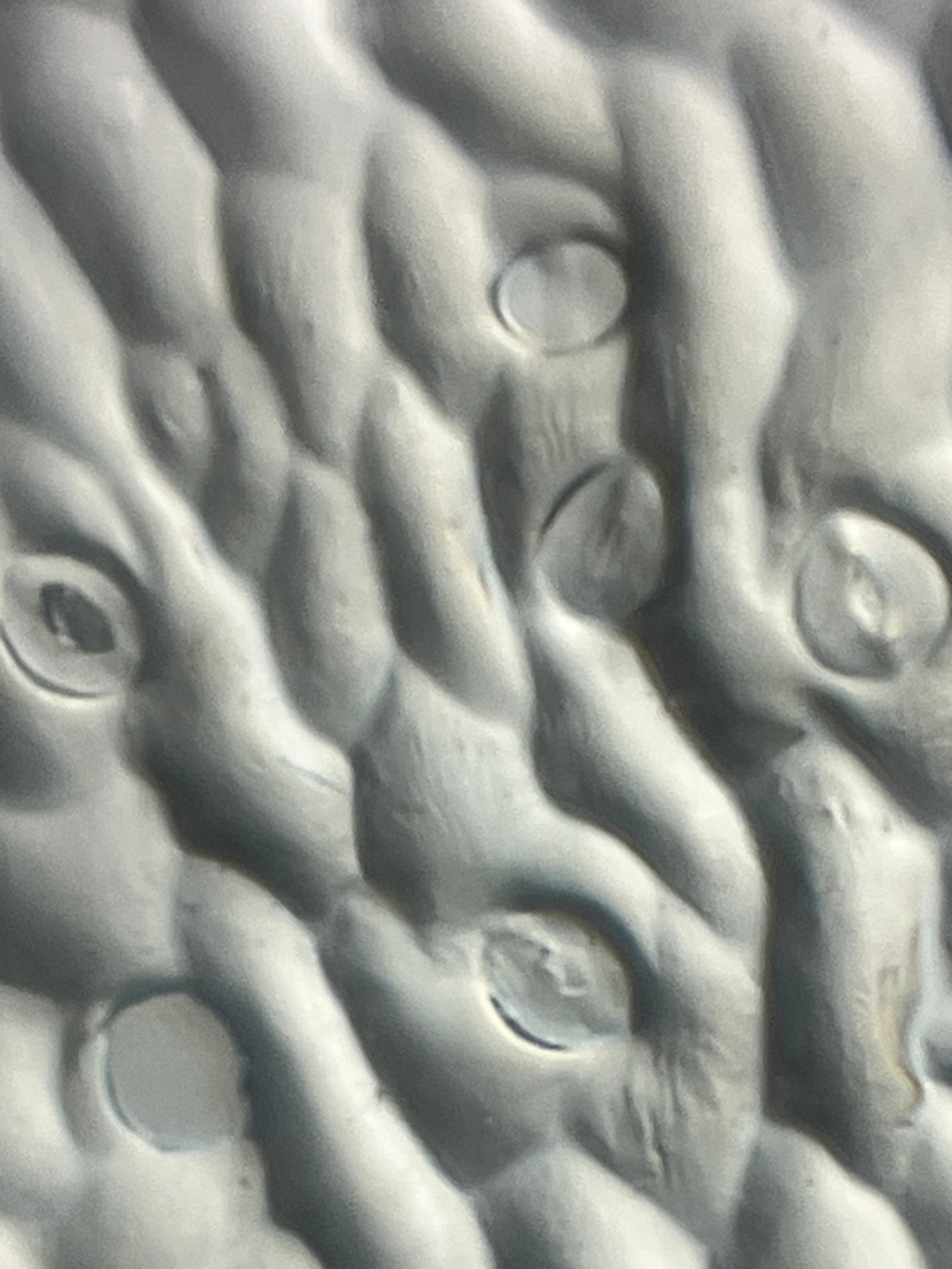Question:
What is a ladybug?
The word ladybug can be a little misleading. For one thing, not all ladybugs are female. Another is that they are actually beetles, not true bugs. But, no matter what you call them, the little red beetles with black spots on their backs are a familiar sight around the world. Let’s take a closer look at ladybugs.

Background:
Ladybugs are insects. This means that they have an exoskeleton, three body segments (head, thorax, and abdomen), six legs, wings, and antennae. Ladybugs, also known as ladybeetles and ladybird beetles, can be found on every continent except Antarctica. Ladybugs are extremely valuable to farmers. This is because ladybugs eat aphids which are pests that eat plants and can destroy crops.
Directions/Procedure:
This activity requires you to have access to ladybugs, but it isn’t necessary to kill any of them. During the winter ladybugs like to crawl inside buildings to escape the cold. Many do not survive and you can find their bodies in your window sills. Of course, if the weather is cooperative, you might be able to find some ladybug bodies outside, too.
Materials:
- Science notebook
- Pen
- Ladybugs
- Dissecting Kit
- Microscope (or a Foldscope)

Procedure:
1. Place the ladybug on the dissecting pad and use the Foldscope magnifier to study the whole insect.
- Draw the ladybug in your science notebook (include the spots!) with labels for the different parts

- Elytron - the black and red hard outer wing covering
- Wings
- Legs
- Head
- Antenna
- Thorax
- Abdomen
- This step can be completed ahead of time by the teacher if time is a constraint
- Draw each of the parts in your science notebook - include details that were not obvious with the naked eye or even under the magnifier
How did studying the parts of a ladybug under the Foldscope help you to understand the structure and function of each part relative to the whole?

Real World Ladybug Scientists & Artists:
Kazuya Saito, an Assistant Professor at the University of Tokyo’s Institute of Industrial Science, has an interest in ladybugs but not as an entomologist. Saito is an engineer whose research focuses on foldable structures. He studies the origami-like way that ladybugs fold and unfold their wings. By creating a transparent ladybug elytron, his research group developed a deeper understanding of the wing folding process. Saito hopes his work can lead to improvements in the design of collapsable solar panels, satellites, space ships and even common objects like umbrellas. What other structures did you observe on the ladybug that could help further Saito’s research?

Eric Carle (1929-2021) was an author and illustrator of children’s books that featured animals - especially insects and bugs! One such book is “The Grouchy Ladybug” about a ladybug who wants to eat all of the aphids on a flower all by itself. Eventually the grouchy ladybug learns the value of sharing with others and children learn that ladybugs help protect flowers by eating the aphids off of them. Carle understood the power of a child’s love of nature and used that love to teach about the natural world. What did you observe that could be used in an Eric Carle book?
Extension:
This blog ties together the three dimensional framework of the NGSS. It covers the Disciplinary Core Idea of Life Science. Students will see the Crosscutting Concept of Structure and Function. This activity is also a way for students to deepen their understanding of the Science and Engineering Practice of Developing and Using Models.

However, this exploratory activity can go beyond the science classroom. Join forces with:
- a Social Studies teacher to map out locations of large populations of ladybugs and discuss their economic impact on crops in that region,
- a Math teacher to create graphs and complete a statistical analysis based on the number of dots on each ladybug,
- an ELA teacher to take a closer look at the scientific origins of ladybug symbolism in literature,
- an Art teacher to study color and value by analyzing the slight changes in color from one ladybug to the next (or color changes observed through the Foldscope).

Connect:
Make sure to share your observations, hypothesis, results, and interdisciplinary extension activities. Submitting your Foldscope images of the ladybugs around your school to the Microcosmos will help build up a strong scientific database that can help support new and innovative scientific research!
Sources:
https://kids.nationalgeographic.com/animals/invertebrates/facts/ladybug
https://entnemdept.ufl.edu/creatures/beneficial/lady_beetles.htm



